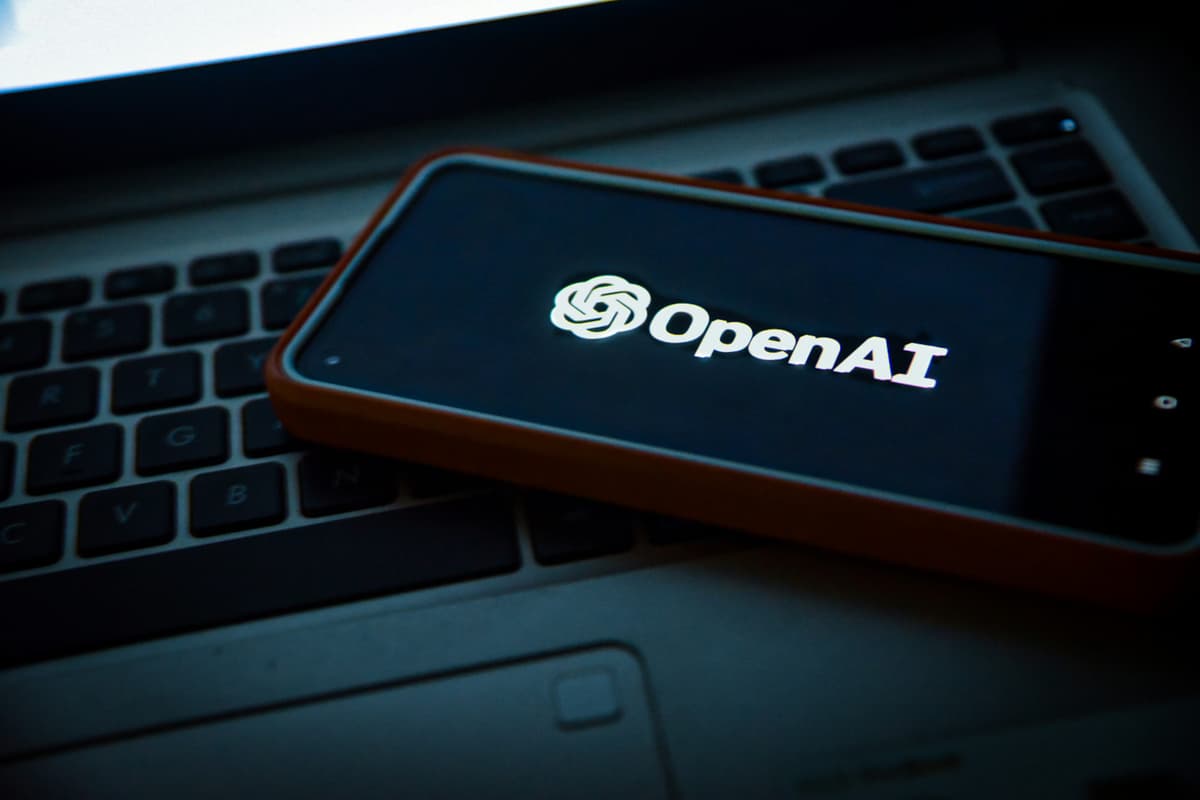What’s the Difference Between Traditional and Digital PR?

UNDERSTANDING THE TERMS
In the ever-evolving landscape of public relations, understanding the distinction between traditional and digital PR is crucial for businesses and PR professionals alike. While both share the common aim of enhancing a brand’s awareness and reputation, there are some key differences in the strategies, tools and channels used.

Differing goals
Traditional PR teams primarily focus on brand and product-led campaigns that encompass all types of traditional coverage, including in print media and on TV and radio. Product-led press releases, brand events, and media kits are the bread and butter of traditional PR efforts.
Digital PR, on the other hand, leverages the vast landscape of the internet, linking PR to SEO. It’s a hybrid approach that increases online visibility through utilising thematic content campaigns to build relevant and authoritative backlinks to a website, which is a crucial factor to ranking more highly in the SERPs (Search Engine Results Page).
Most digital PR strategies are focused on securing backlinks and coverage in online media publications but this also extends to social media platforms, blogs, podcasts and influencers. Digital PR professionals create topical stories that are related to a brand’s product offering but also tap into wider themes relevant to the brand and their audience to maximise shareability and engagement.

Credibility and trust
Traditional PR often benefits from the established credibility of legacy media. Coverage in a well-known newspaper or a feature on a major TV network can significantly boost a brand’s credibility as the public tends to trust these traditional media sources.
As well as increasing search engine rankings and site authority, a good digital PR strategy will also build brand credibility by positioning key spokespeople and their brands as industry thought leaders through campaigns that are credible, data-driven and useful to their target audience. Trust is cultivated by consistently creating engaging content bolstered by industry experts’ opinion that is then featured in high-authority, trusted online publications.

Audience engagement
Traditional PR is often seen as a one-way communication channel. It involves sending out information to the public through media outlets without immediate feedback or measurable impact. The goal is to reach a broad audience, but engagement is typically passive. Readers or viewers consume the content without direct interaction.
Digital PR thrives on two-way, measurable communication. Digital PR campaigns are designed to be highly shareable, sparking debate and engagement online. PR campaigns that are shared on social media platforms, in particular, allow brands to engage directly with their audience. This direct engagement helps build a more personal connection with the target audience and can foster a community around the brand.

Speed and flexibility
Traditional PR operates at a slower pace. Crafting brand-led press releases, introducing brands to journalists, and waiting for content to be published in print and broadcast media can involve long wait times. Additionally, once the information is sent out, making changes or corrections can be challenging.
Digital PR is inherently faster and more flexible. Whilst some time is still required to come up with unique, engaging campaigns, this is usually balanced with content that can be created and shared almost instantaneously, such as expert commentary and reactive PR campaigns. If a mistake is made or if there’s ever a need to pivot a campaign’s message, changes can be implemented quickly across digital platforms. This agility allows brands to respond promptly to industry changes, news cycles, and audience feedback.

Cost and efficiency
Traditional PR can be expensive as it involves securing prime spots in leading newspapers or TV shows which often come with a hefty price tag. Additionally, traditional PR campaigns can be time-consuming, requiring significant effort to build and maintain publisher relationships and to organise physical events and press trips.
Digital PR tends to be more cost-effective. While it requires initial investment in campaign and content creation, the overall costs are generally lower compared to traditional PR as all media placements should be organically earned as opposed to being paid advertorials. Digital PR campaigns can also be launched quickly and adjusted in real-time based on performance metrics.

Measurement and analytics
Measuring traditional PR can be challenging. Success is usually gauged by volume of media coverage, such as the number of articles published, the reach of those publications, and the ad value equivalency (AVE). However, these metrics are considered to be somewhat subjective and may not fully capture the overall impact of PR efforts.
On the other hand, digital PR should be supported by robust analytics and measurement tools to demonstrate the true value of coverage placements in the media. Every aspect of a digital PR campaign can be tracked, from the number of website visits and social media interactions to conversion rates and increases in search engine rankings. Tools like Google Analytics, social media insights, and specialised PR software provide detailed data, allowing for precise measurement of a campaign’s effectiveness.
Which type of PR is best?
Both traditional and digital PR have their unique strengths and serve different purposes in a comprehensive public relations strategy. Traditional PR leverages the credibility and broad reach of established media, while digital PR harnesses the power of the internet to effectively engage directly with audiences, measure success with precision, and adapt quickly to changing dynamics. For businesses aiming to maximise their PR efforts and grow their brand, integrating both approaches is best to provide a balanced and effective strategy to build and maintain a strong and sustainable public presence.

 Search
Search PR
PR AI
AI Social
Social














